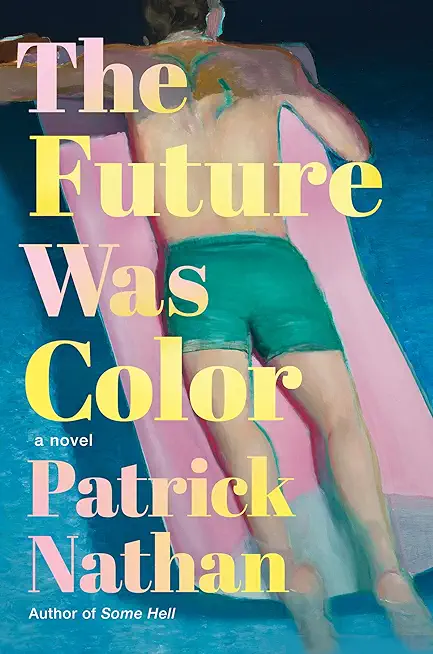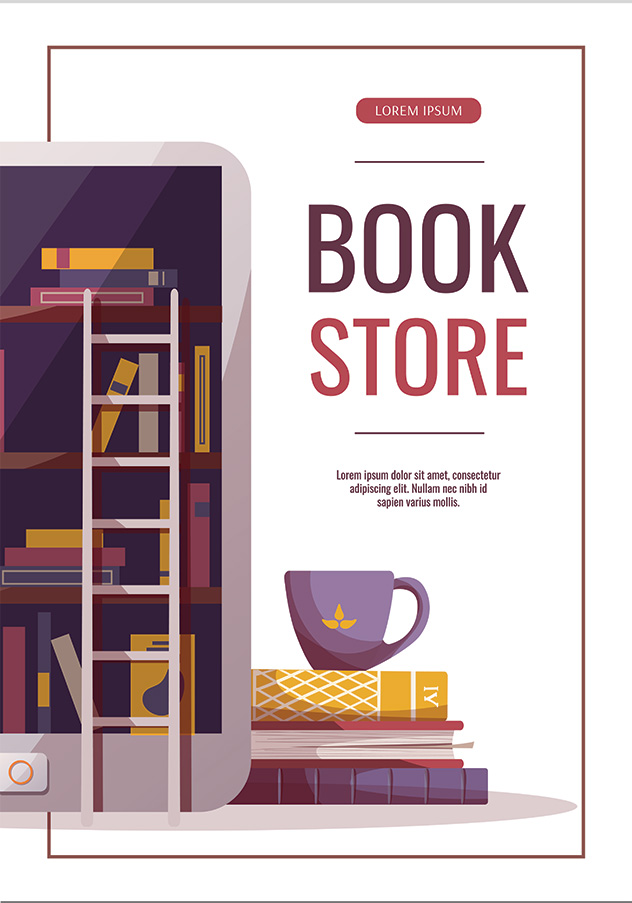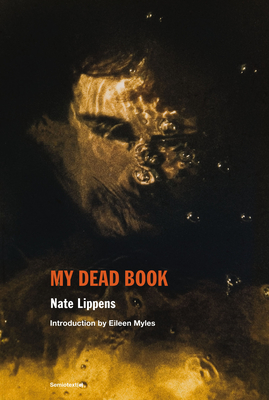
description
9A dazzling novel about the inextricable link between the personal and the political set against the decadence of Hollywood and postwar Los Angeles As a Hungarian immigrant working as a studio hack writing monster movies in 1950s Hollywood, George Curtis must navigate the McCarthy-era studio system filled with possible communists and spies, the life of closeted men along Sunset Boulevard, and the inability of the era to cleave love from persecution and guilt. But when Madeline, a famous actress, offers George a writing residency at her estate in Malibu to work on the political writing he cares most deeply about, his world is blown open. Soon Madeline is carrying George like an ornament into a class of postwar L.A. society ordinarily hidden from men like him. What this lifestyle hides behind, aside from the monsters on the screen, are the monsters dwelling closer to home: this bacchanalia covers a gnawing hole shelled wide by the horror of the war they thought they'd left behind and the glimpse of an atomic future. It's here that George understands he can never escape his past as György, the queer Jew who fled Budapest before the war and landed in New York, all alone, a decade prior. Spanning from sun-drenched Los Angeles to the hidden corners of working-class New York to a virtuosic climax in the Las Vegas desert, The Future Was Color is an immaculately written exploration of postwar American decadence, reinventing the self through art, and the psychosis that lingers in a world that's seen the bomb.
member goods
No member items were found under this heading.
Return Policy
All sales are final
Shipping
No special shipping considerations available.
Shipping fees determined at checkout.







